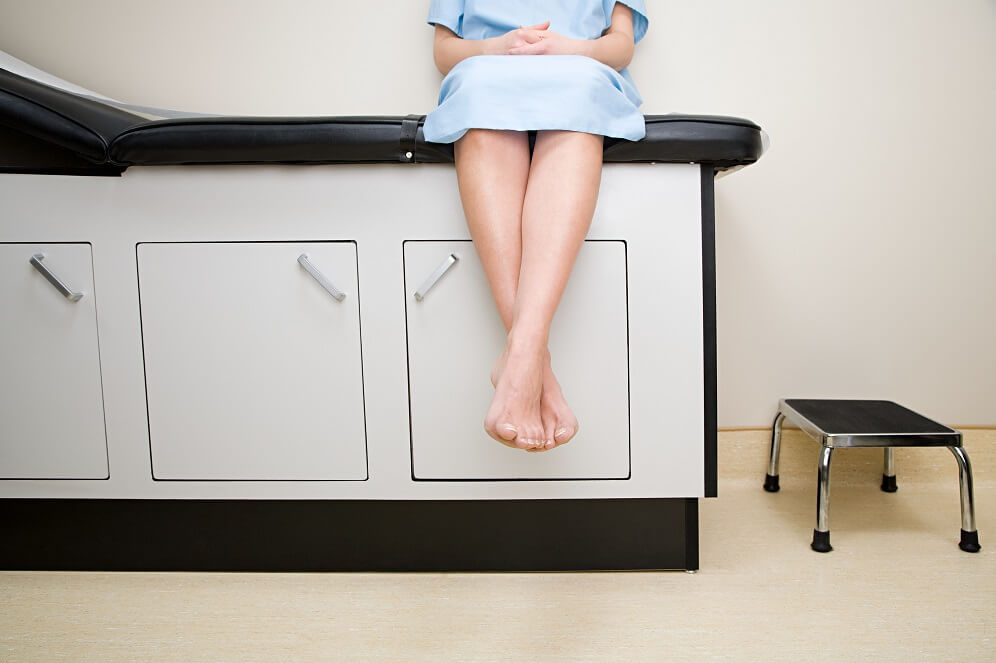Four Critical Intersections in the Healthcare Experience
[vc_row][vc_column][vc_column_text]
Uncommon sights, sounds, smells, and processes—these make up the everyday for those of us in healthcare. We know better than most all the sensations and experiences that are part of this world. Yet, our “ordinary” becomes our patients’ and their loved ones’ “extraordinary” as they step out of their roles as mother, grandfather, sister, son, fireman, teacher, lawyer, coach and into the role of patient. Finding themselves in this new role is akin to entering a foreign land.
Those of us at the Healthcare Experience Foundation act as facilitators for you, the guides of your patients’ experiences. By organizing design sessions focused on healthcare experience mapping, we have helped healthcare professionals walk, wheel, and transport their patients through their personal healthcare events successfully. Viewing the healthcare experience from key stakeholder perspectives allows shared understanding and ownership for action items that provide for effective navigation through this terrain.
As with any unknown venture, patients and their loved ones are looking for verbal and non-verbal cues that they are in confident, capable, and excellent hands. At the Healthcare Experience Foundation, we’ve seen that healthcare experiences are made up of a million interactions at the intersections of people, process, environment, and technology. In each of these areas you have opportunities to help patients and families know they are in the right place.
1. People. The most significant drivers of an exceptional patient experience are inextricably linked to patients’ interactions with the employees, physicians, and leaders they encounter during their appointment, visit, or stay. Are these professionals engaged? Do they communicate with compassion? Are needs anticipated and expectations set and met?
As leaders, we must seek to create joyful environments where team members are appreciated, respected, and inspired to deliver the best healthcare experience. Organizations that embrace Standards of Performance or Behavior create non-negotiable declarations of what excellence should look like for every employee in every encounter. Standards create a foundation to reward and recognize, as well as coach for accountability. It is equally important to hold ourselves accountable as leaders to create an environment of safety, engagement, and employee involvement.
2. Process. We cannot assume that patients and their loved ones know the sequence of activities or tasks that equip our employees and physicians to deliver a coordinated, safe healthcare experience. Being present to narrate care and process is important to reassuring patients and equipping them to participate in their care. Do we set expectations early and often for the processes that will impact each patient’s experience?
Sometimes we make huge assumptions about why we are giving aspirin on arrival, washing our hands, or asking patients to wait two hours for the results of a CT scan. Narrating care is crucial to ensure patients are informed and to reduce their anxiety. Tools such as experience mapping, LEAN, and process improvement can support a systems approach to determining opportunities to create a more patient-centric environment.
3. Environment. The physical space people encounter during their care impacts their feelings about safety. The moment they arrive for a physician appointment, enter your emergency room, or wake up after surgery, patients will be constantly looking for cues that they are in competent and caring hands.
Are we promoting a clean environment and updating communication tools such as whiteboards and rounding logs? Do your communication boards convey excellence and a positive and engaged environment? Do employees take pride and ownership in their appearance and the organization? Leaders and staff can best identify opportunities to improve by literally viewing the patient experience through walking in their shoes or slippers and being transported by gurney or wheelchair. Using all five senses will help with action planning and re-sensitizing to ways the environment reflects excellence.
4. Technology. It is all too easy to make our Electronic Health Record a scapegoat. It is equally simple to remain silent and not share with patients how our technology equips the organization to provide excellent and safe care. The reality is that technology is a lifesaving and critical component of the healthcare experience, despite its shortcomings. How we narrate care while using technology can either instill or destroy confidence in the patient experience. Using phrases such as, we have a state of the art electronic health record and it is important for me to document our care to make the best decisions with you, can create a positive healthy dialogue with patients and their loved ones.
Likewise, consider the ways technology is equipping patients to evaluate their experience before, during, and after their care. How are your website, social media, and portals aligning to your brand experience?
Healthcare experience mapping across these four areas can make important differences in improving patients’ perceptions of care. For it is in the intersections of these areas and in every interaction within these areas that we have the opportunity to make a difference every day, to ensure those in our care experience our foreign land as friendly, safe, caring, and competent.
Tell us one way to improve your People, Process, Environment, or Technology to create a better healthcare experience. We’d love to hear from you!
Post your response below, or respond to us on Facebook or Twitter using Hashtag #HXFoundation.
To learn more about our Innovation Sessions to improve the Healthcare Experience click here.[/vc_column_text][/vc_column][/vc_row]
- Posted in:
- News



